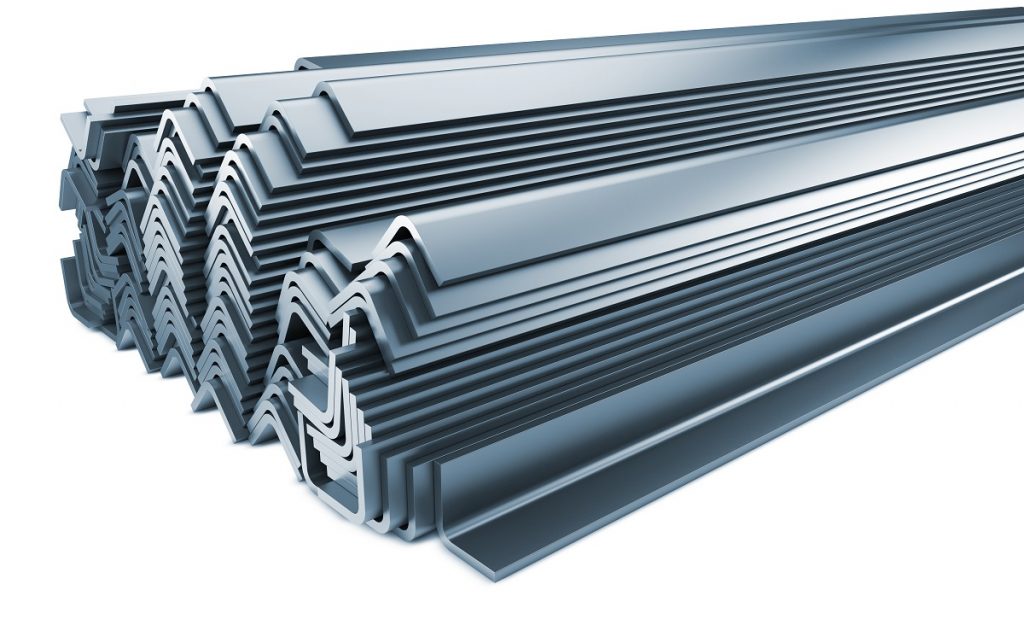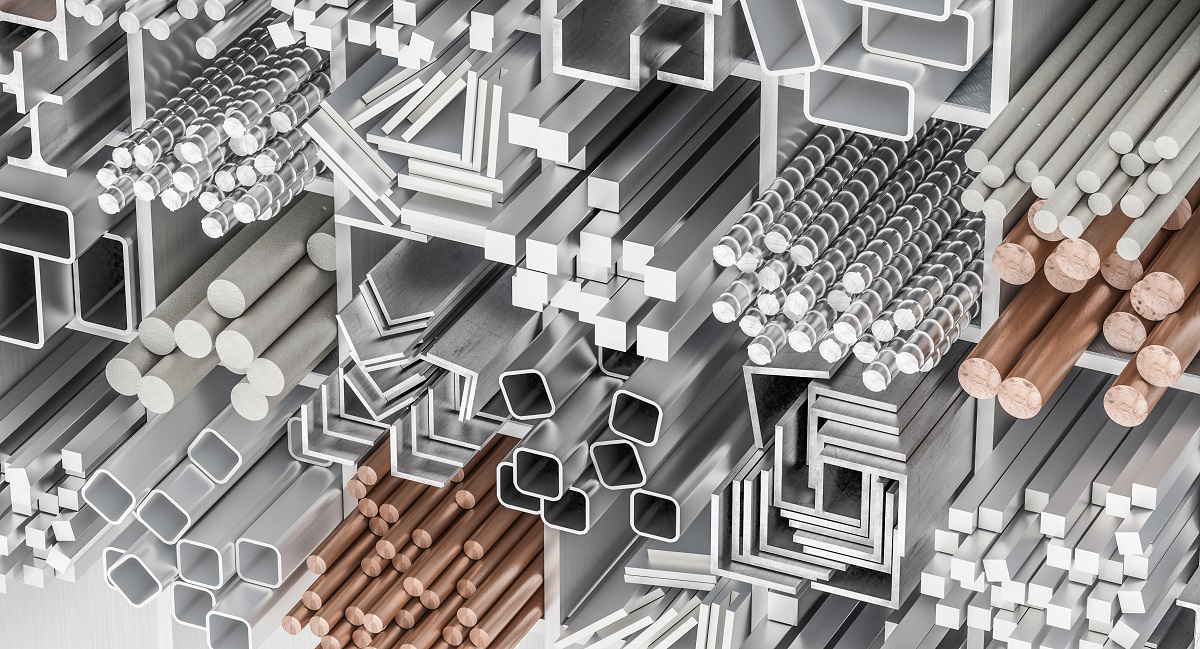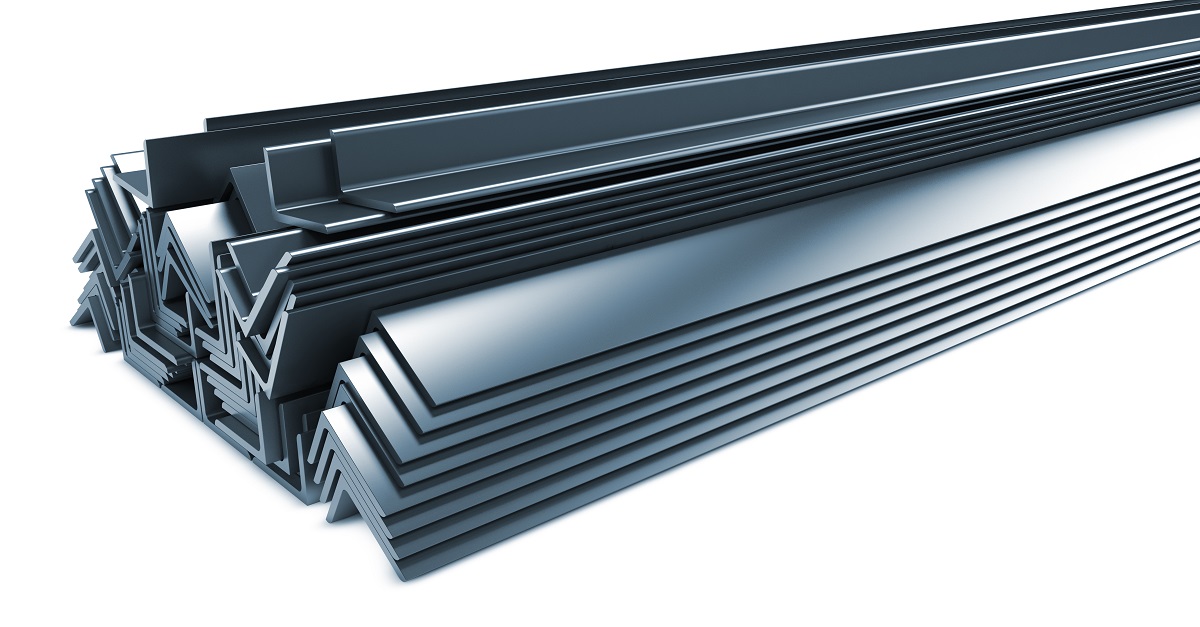4 Uses of Steel Angles

What are the uses of steel angles?
- Bridge ways
- Warehouses
- Equipment manufacturing
- Frames
Also referred to as angle irons or angle bars, steel angles are finished steel products made through hot-forming semi-finished carbon steel. As steel angles are mainly used for providing structural support, the most ideal composition is a low alloy, yet high strength steel with better ductility and toughness. With this in mind, the different uses of steel angles can vary from bridge ways, warehouses, equipment manufacturing, support frames, shelves, or even utility carts.
Although steel angles are considered to be the most basic version of any roll-formed steel, they offer excellent advantages, especially when it comes to framing, reinforcement, aesthetic trims, brackets, and the like. Combined with the inherent properties of low-alloy steel, these angle bars have been a reliable assembly part or construction material, depending on the use. Read on to learn more.
Bridge ways
Steel angles are rarely used in a given structure without any added protective layer or coating. As such, most steel angles you’ll find in the market are either galvanized or powder coated. Galvanizing creates a corrosion-resistant layer on the material, while powder coating is a form of surface finish made out of electrostatic-spray deposited (ESD) resins. When used in bridge ways, however, manufacturers need to ensure better product durability, which is why the angle bars are galvanized in the process.
Steel angles can be used to form any part of a bridge. For the deck, the angles can provide reinforcement to concrete and lower materials handling for constructors. Aside from this, steel angles can also be found in bridge components like arches, girders, bearings, or pedestrian pathways. Bridges with steel components have been known to last for several years or even decades, due to the material’s robustness and strength even under load bearing or environmentally impactful situations.
Warehouses

As established, steel angle bars are a type of structural product. For warehouses or any type of building construction, steel angles have been a perfect choice. They can form the foundation of a warehouse, complete the structure of a mezzanine system, or provide roofing support through a steel deck or rafter.
For mezzanines, steel angles can support the elevated flooring requirements of the structure. The material is well-suited for bearing different levels of loads or impacts that may arise from equipment and storage systems used in the warehouse. This stands true even for various mezzanine designs — freestanding, rack-supported, column-connected, or shelving-supported mezzanines.
In low-cost warehouses, steel angles have also been useful in forming part of the ceiling or roofing structure of the building. When connected with other steel accessories — flat bars, rods, couplings, purlins, fittings — the steel angles can complete the network of rafters that protect the warehouse from variable wind loads.
Equipment Manufacturing
Most electrical equipment or everyday household appliances to date have been made out of one form of steel or another. Some examples of these heavy machineries include the forklift, bulldozer, road roller, or excavators. Appliances may even be reinforced with steel angles — their unique shape gives protection to corners of appliances like washing machines, industrial ovens, stoves, and many more.
Using steel angles in equipment-making has drastically lowered expenses for both manufacturer and consumer. Manufacturers, for example, are relying on a low-cost and easy-to-produce material. Steel is also considered readily available and can be repurposed without any detriment in its chemical properties and physical quality.
For consumers, steel in different types of machinery greatly lowers maintenance and repair costs. As mentioned before, steel can last for many decades, even during storage. Businesses that depend on heavy equipment in their operations will benefit from the presence of steel angles, even if they may be aware of it or not.
Frames

Steel angles have been purposely made to be ductile. This is made possible by their low-alloy/high strength composition that creates a highly malleable material, capable of being shaped and fabricated using various techniques.
Another popular use of steel angles is framing for different structures and objects. While the basic design involves an equal (or non-equal) angled L-shaped cross-section featuring two opposing legs, it can be fabricated to attain the desired appearance.
Metal stamping or punching, in particular, can create multiple openings on a steel angle to create an aesthetically pleasing framing component. Other custom-built designs can also be done on steel angle framing to support handrails, utility carts, interior moldings, trimmings, paneling, cladding, and many more.
Key Takeaway
Steel angles or angle bars are some of the most widely-used materials in construction. Sporting a unique cross-section with two legs (often at a 90-degree angle) the steel angle is built for corner protection, framing, bridge way construction, or even warehouse building.
In this article, you’ve learned only some of the many uses of steel angles. Despite its simplistic design, it has proven to be a reliable component for different industries. Alongside other steel products, the steel angle continues to be used wherever durability and structural integrity are required.


